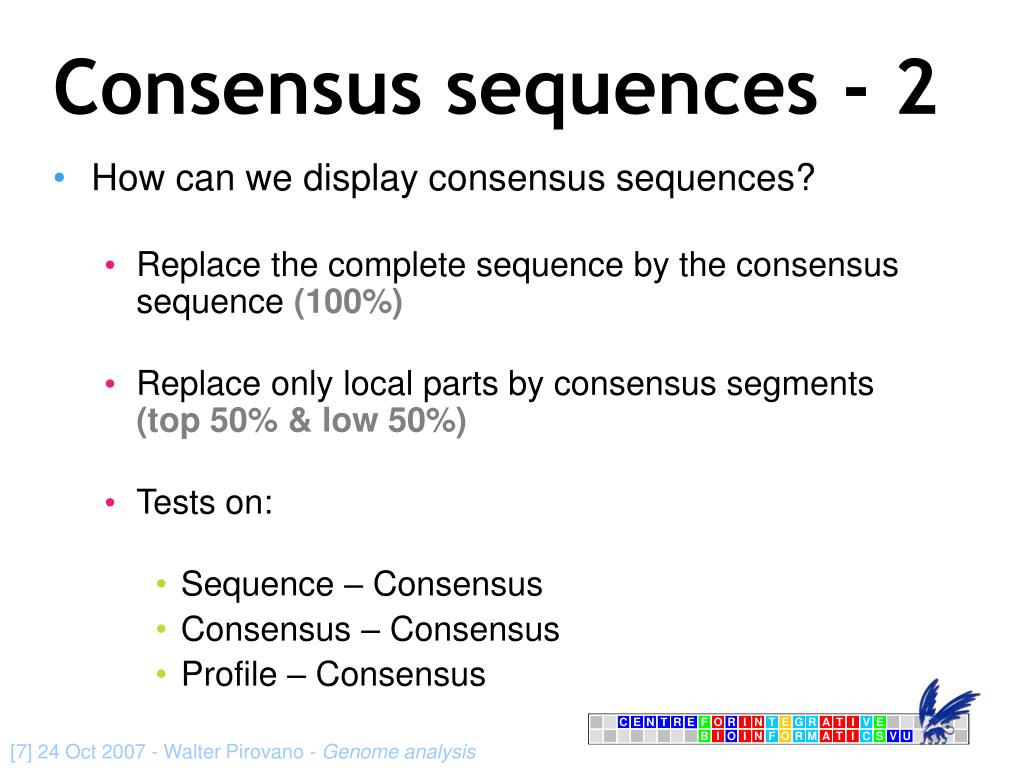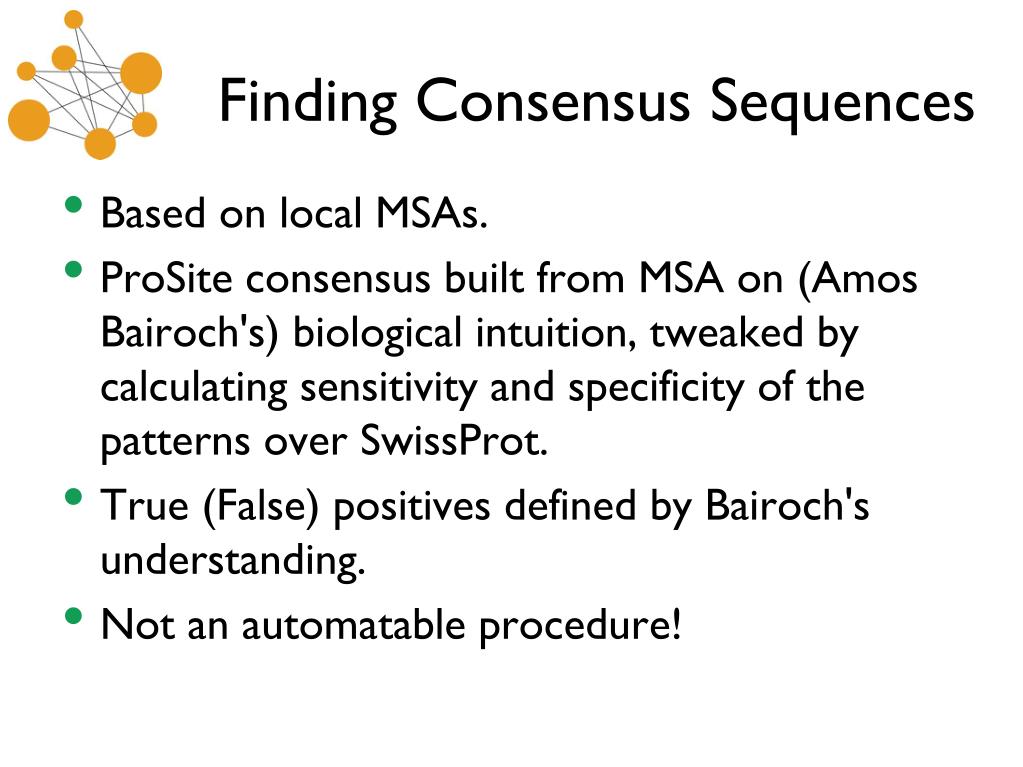

Schneider and Stephens entropy difference score - Uncorrectedĭirichlet mixture (protein BILD score only)Ī stored Dirichlet mixture to be used as a prior for BILD scores (the first five are taken from UCSC Dirichlet mixtures pages while the last four are from the ncbi in-house development).ĭirichlet concentration parameter (nucleic acid BILD score only).Schneider and Stephens entropy difference score - Corrected.BILD (Bayesian Integral Log-odds) score.The command line interface provides greater control, if so desired. Small logos can fit 80 stacks across a printed page, or 40 across a half page column. The choices have been limited to promote inter-logo consistency. large : Triple the width and height of small.medium : Double the width and height of small.small : 5.4 points wide (same as 9pt Courier), aspect ratio 5:1.Specifically, controls the size of individual symbols stacks. The physical dimensions of the generated logo. Generally speaking, vector formats (EPS and PDF) are better for printing, while bitmaps (JPEG and PNG) are more suitable for displaying on the screen or embedding into a web page. PNG : (low res, 96 DPI) Screen resolution bitmap.PNG : (600 DPI) Print resolution bitmap.All sequences must be the same length, else LogOddsLogo will return an error and report the first sequence that differed in length from previous sequences. Supported file formats include CLUSTALW, FASTA, plain flatfile, MSF, NBRF, PIR, NEXUS and PHYLIP for multiple sequence alignments, and transfac for position weight matrices. The advanced parameters can be accessed by clicking on the More parameters link.Įnter your multiple sequence alignment or position weight matrix file, or select a file to upload.

Initally both interfaces offer the entries for only the most essential parameters. Each interface only offers the options relevant to the type of sequences it supports. Unlike its predecessor WebLogo, LogOddsLogo offers two web interfaces for creating sequence logos, one for protein sequences and another for nucleic acid (DNA or RNA) sequences. 18:6097-6100, (1990).Ĭreating Sequences Logos using the Web interface Sequence logos: A new way to display consensus sequences.

12:387-394, (1999).ĭistribution of glutamine and asparagine residues and their near neighbors in peptides and proteins. PSIC: Profile extraction from sequence alignments with position-specific counts of independent PSI-BLAST pseudocounts and the minimum description length principle. The construction and use of log-odds substitution scores for multiple sequence alignment. Submitted for publication, (2014).Īltschul SF, Wootton JC, Zaslavsky E, Yu YK. Yu YK, Capra JA, Stojmirovic A, Landsman D, Altschul, SF. (Positions with many gaps have thin stacks.) In general, a sequence logo provides a richer and more precise description of, for example,a binding site, than would a consensus sequence. The width of the stack is proportional to the fraction of valid symbols in that position. Relative frequency of each amino or nucleic acid at that position. The overall height of the stack indicates the sequence conservationĪt that position, while the height of symbols within the stack indicates the Or nucleic acid multiple sequence alignment.Įach logo consists of stacks of symbols, one stack for each position in the Is a graphical representation of an amino acid It provides the methods for logo generation that have a proper statistical basis and are optimal for recognising functionally relevant alignment columns. Sequence logos from biological sequence alignments as easy and painless as possible.īuilding on the WebLogo 3 source code, LogOddsLogo uses per-observation multiple-alignment log-odds scores as measures of informationĬontent at each position of a sequence logo. Is a web based application designed to make the generation of Creating Sequences Logos using the Web interface.


 0 kommentar(er)
0 kommentar(er)
